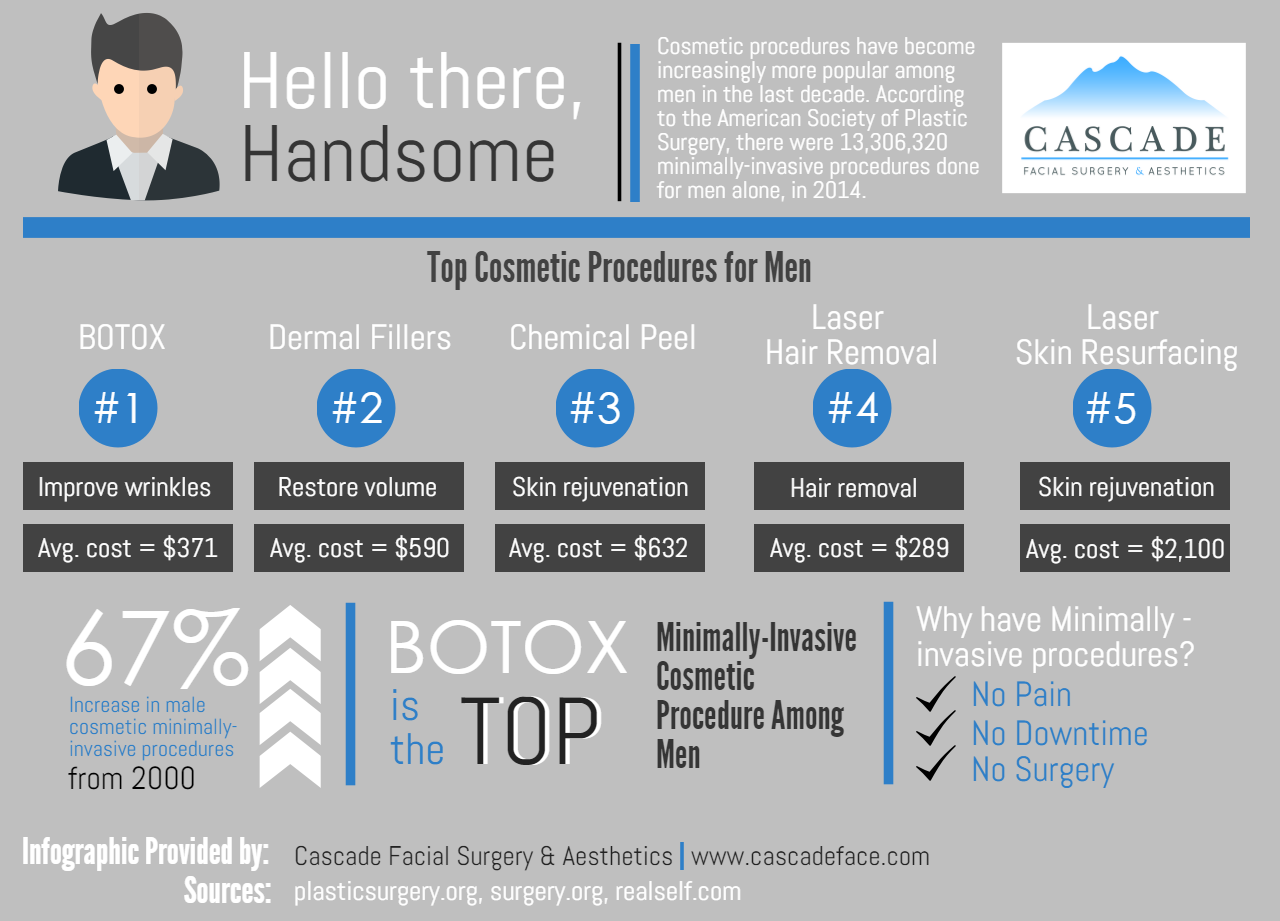Acne Myths Debunked
Acne Myths Debunked
Blog Article
Causes of Acne on Cheeks
Acne breakouts in the cheek location are set off by many points, from touching your face frequently to not transforming your pillowcase often sufficient. Picking at blemishes raises your danger of infection and scarring, and certain medications can worsen dark places (postinflammatory hyperpigmentation).
Thankfully, there are many means to prevent and deal with cheek acne. These include:
1. Hormonal Adjustments
Acne is mainly caused by hormonal agents, particularly those produced throughout puberty and maternity. For some, a family history of acne may additionally contribute to their condition. Anything that obstructs pores, such as oil-based skin care items or waxy hair products, can activate acne. Various topical therapies, like benzoyl peroxide and salicylic acid, can combat bacteria and unclog pores. Those with severe or persistent acne must seek therapy from their physician.
Stay clear of touching or squeezing your acne, as this can press a few of the microorganisms deeper into the skin, leading to a much more severe outbreak. It is also crucial to change pillow cases frequently and make use of clean make-up brushes. You should likewise attempt to prevent toxic irritants such as friction from putting on a helmet or limited collar.
2. Diet
The oily, sweet foods that lots of people assume trigger acne may really not do so. Actually, studies have actually shown that consuming a diet rich in entire, nutrient-dense foods helps to avoid outbreaks.
Foods high in the glycemic index (such as white bread, corn flakes, blew rice and potatoes, doughnuts and other pastries) elevate blood sugar levels promptly, and this can enhance hormonal agents that improve oil manufacturing and result in acne.
Consuming alcohol cow's milk has likewise been connected to enhanced acne breakouts. If you are a regular cow's milk enthusiast, you might intend to attempt changing to low-fat or nondairy options that are strengthened with calcium. On top of that, drinking more water can aid to decrease acne since it aids to keep the skin hydrated.
3. Excess Oil
While oil is important for healthy and balanced skin, it can come to be a problem when too much sebum combines with dead skin cells and obstructs pores. This mix can create blackheads, whiteheads and pimples. The blocked pore wall surface can break down and spill microorganisms, dead skin cells and sebum into bordering skin. This causes a red bump called an acne. Sometimes these red bumps have pus in the center from a microbial infection. Bigger contaminated bumps that appear like acne are called cysts.
There are lots of points that can create excess sebum and blocked pores, consisting of hormone variations, diet and day-to-day practices. Some examples consist of touching the face frequently, relaxing your hand on your cheek, making use of unclean makeup brushes and not altering pillowcases consistently.
4. Stress
If you're dealing with throbbing pimples or a slew of blackheads and whiteheads, it might be time to speak to a skin specialist. They can recommend an effective therapy that suits your skin type. Exercising relaxation and stress-reduction strategies likewise aids.
Acne can occur in the cheeks because of friction and pressure, such as when an individual touches their face regularly or wears a hat or sports helmet that massages against the jeuveau vs botox skin. It can additionally appear where greasy cosmetics and creams scrub against the skin.
Stay clear of pressing acne, as this can push contaminated product deeper into the skin and lead to scarring. Rather, see a physician to learn about preventative therapies like drug, skin care items and way of living modifications. Eating a healthy and balanced diet plan of whole foods, obtaining seven to nine hours of rest and utilizing noncomedogenic makeup and skin care products can all help in reducing acne outbreaks.
5. Hair Products
Hair products are not commonly taken a root cause of breakouts, but they can add to acne on the cheeks in some people. Pomade acne, which is identified by little closed comedones and papulopustules, is generally triggered by making use of oily hair products that contain comedogenic ingredients such as specific oils and acetylated lanolin.
Picking hair products that don't contain these potentially comedogenic ingredients is a vital action toward minimizing outbreaks. Additionally, making sure that hair products aren't coming in contact with the skin can aid protect against outbreaks. For instance, wearing a headscarf or hood in the evening can restrict hair-to-face contact and minimize the likelihood that leave-in hair products will certainly rub off onto the face.
Along with using a non-comedogenic cream and washing with an acne face clean, other practical strategies consist of: